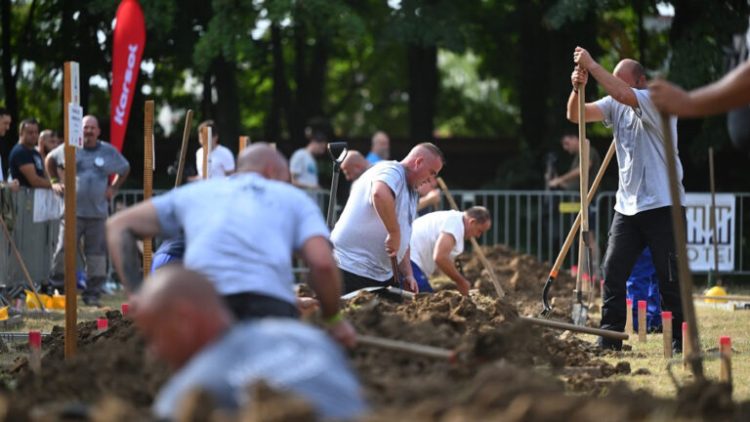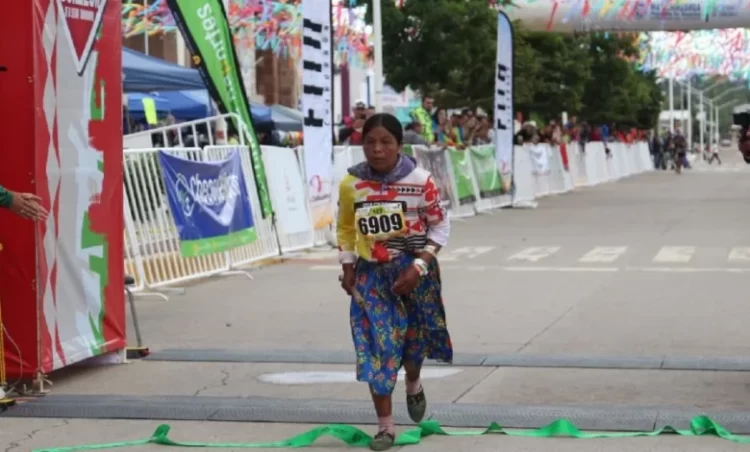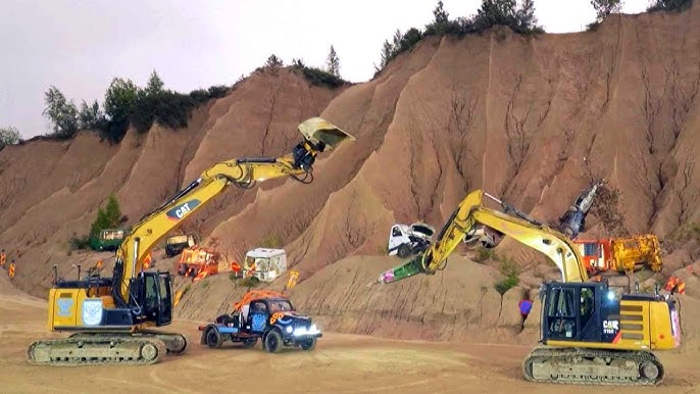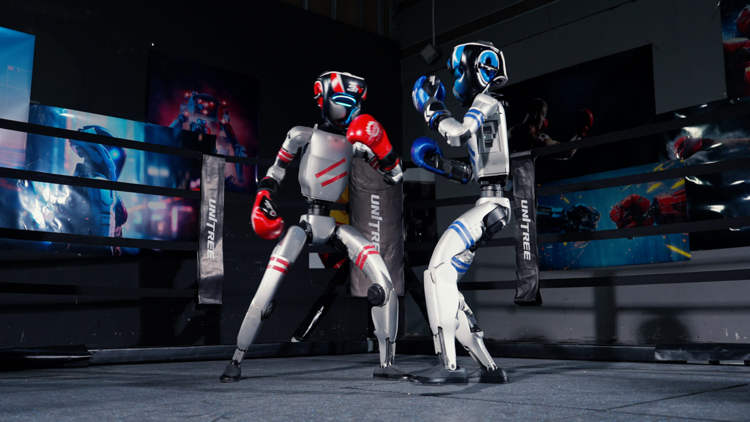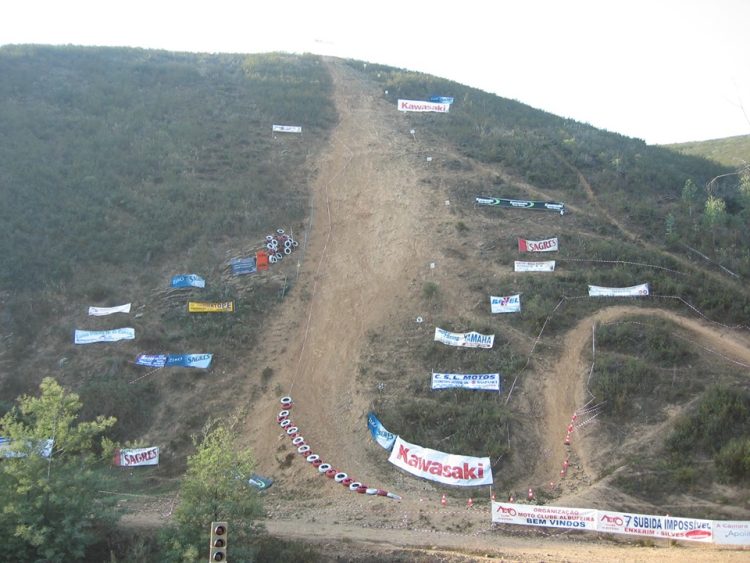Japanese men who carry mobile shrines known as mikoshi every year as part of important Shinto festivals are left with giant callouses on their shoulders that they display as badges of honor.
Carrying mikoshi shrines is considered a great honor among Japanese Shintoists, and while some may do it just once in their lives, the most dedicated of them actually help carry the mikoshi every year, for decades. Because these mobile shrines and the large wooden beams that support them can weigh over a ton, the pressure on the bearers’ shoulders is significant, and after years of service, the shoulders start to develop large callouses known as ‘mikoshi dako’. They are not the prettiest things in the world to look at, but mikoshi bearers wear them as badges of honor.
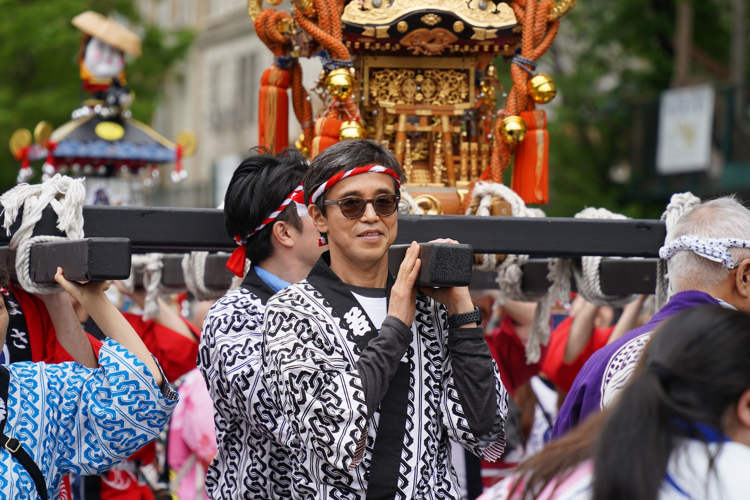
Photo: Tong Su/Unsplash
In Shintoism, the indigenous religion of Japan, one of the core beliefs is that there are 8 million gods, which explains that every single place in the Asian country has its own deities. Another belief is that these gods live in their dedicated shrines and that the only way to move them is in mikoshi, which are essentially mobile versions of these shrines.
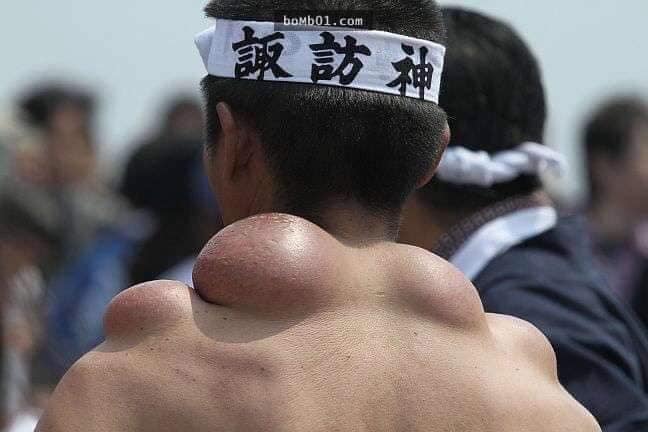
The elaborately sculpted, painted, and decorated structures are supported by two or more sturdy wooden beams that the bearers have to carry on their shoulders. Being a mikoshi bearer is a great honor in Japan, and despite knowing the effect of carrying the heavy shrined will have on their bodies, men of all ages will gladly take part in this time-honored tradition every year.
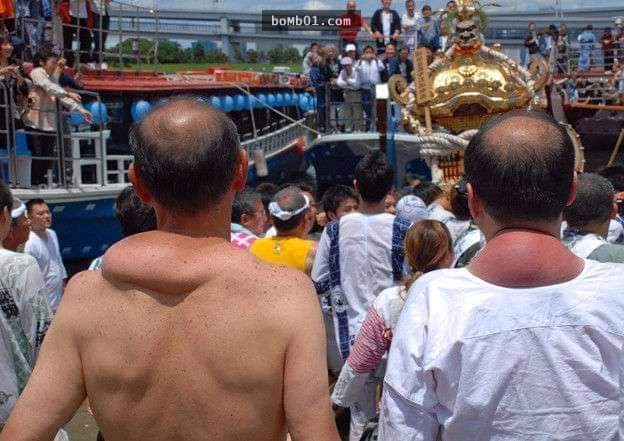
The task of carrying the mikoshi shrines comes with a number of important rules, from wearing proper attire – modern clothes are not allowed – to the swaying style, and even a requirement to drink sake. It is apparently not unusual for mikoshi bearers to consume rice wine as early as 6 in the morning, which makes the task harder, but also numbs the pain of the pressure on the body.
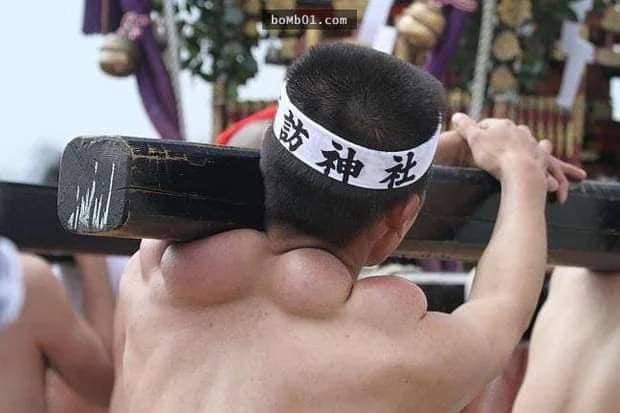
Over time the callouses that develop on experienced mikoshi bearers’ shoulders get so big that they cushion the pressure of the wooden shrines and reduce the pain of carrying the portable shrines. Rather than conceal these physical deformities, the bearers display them proudly, because they are considered symbols of dedication to the deity they carry on their shoulders.
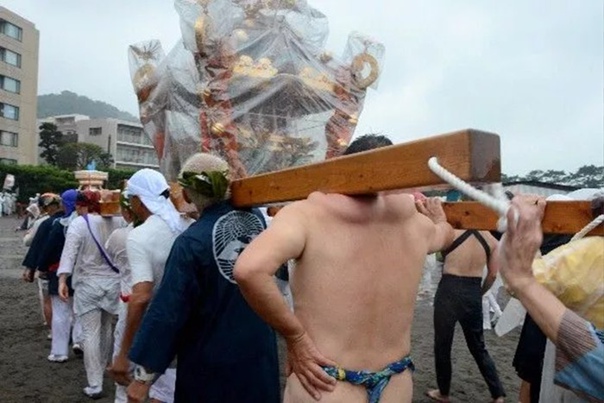
The shoulder callouses of mikoshi bearers are actually very similar to those developed by the Cullatori of Nola, in Italy. Every year, the men of Nola carry heavy wooden obelisks on their shoulders through the streets, which in time cause them to develop large callouses.

